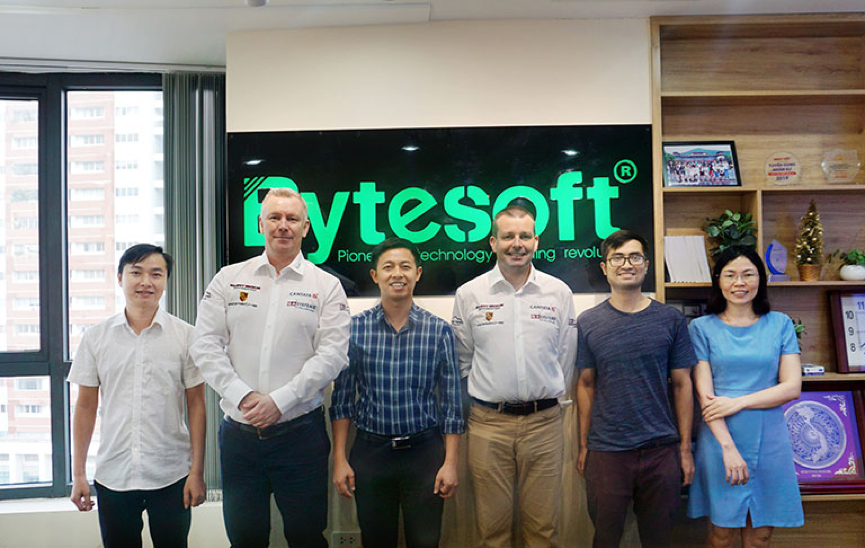Why is Blockchain 1.0 considered to be a breakthrough in financial technology, and why do even experts rate this technology as the "key" to digital transformation and to build a future information technology platform?
How interesting it is when humans have conducted scientific revolutions, for example, Neil Armstrong set foot on the moon in the 1970s, or Steve Jobs developed one of the world’s greatest corporations in the 21st century from his parent's garage to what we know now - Apple. Also, it is not too surprising to witness a new turning point in technology which has incredibly emerged in the context of the digital revolution 4.0 under the name of Blockchain.
Blockchain 1.0 and Bitcoin
When it comes to the first version of Blockchain - Blockchain 1.0, people will undoubtedly refer to Bitcoin or even consider these two concepts as one. Why ? As the simplest explanation, Zach Slayton, Vice President of Digital Technology Solutions at Collaborative Consulting LLC, gave tha analogy between fish and water.

Blockchain 1.0 and Bitcoin
First, it should be noted down that Bitcoin is the first digital asset, a new invention which solves the problems of currency trading that has hindered developers for years. However, just like trying to develop a modern application on Windows 98, its technology is still quite primitive with the main focus on market transactions. This only ensures that Bitcoin is always a valuable asset, even reaching the highest level today, up to $ 9,000 (as of May 2018).
Learn more: What is Blockchain 1.0 ?
Blockchain 1.0 is the foundation contributing to the success of Bitcoin, supporting all currency transactions, remittance and digital payment transactions in the digital currency market in general and Bitcoin in particular via cryptocurrency algorithms (wallets on blockchain).
How does Blockchain 1.0 work?
How does Blockchain 1.0 work?
Specifically, when customers want to use Bitcoin as a payment method for services or goods, they will issue transaction logs and confirmation. Transactions are publicly recorded into blocks that are linked in a chain, and confirmed by other Bitcoin users. On average, a new block is created and added to the Blockchain every 10 minutes thanks to the process of "mining" Bitcoin. It means that based on the Bitcoin protocol, the Blockchain database is shared among all computers involved in the system. Each computer connected to this network receives a copy of Blockchain that contains recorded data. That copy of Blockchain acts as the evidence to confirm transactions.
Learn more: What is Blockchain 3.0 ?
Obviously, a fish (Bitcoin) needs water (blockchain) to survive. But water (blockchain) does not need the fish (Bitcoin). So while Bitcoin needs blockchain to work, blockchain doesn’t need Bitcoin to provide value.
If you look at blockchain through the lens of Bitcoin (or for that matter, cryptocurrency in general), it can provide a very limited view of blockchain’s business value and usefulness. If instead, we think of it in relation to assets of all kinds, we see a landscape of nearly boundless potential.
It cannot be denied that Blockchain has dramatically evolved, proving its real value in the global digital era with the event of Blockchain 2.0 and Blockchain 3.0.
View more: What is Blockchain 2.0 ?









